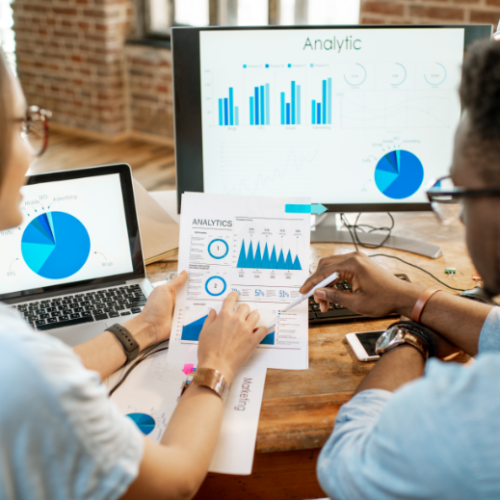A Ten-Step Guide to Transforming Probation Departments to Reduce Recidivism
This publication from The Council of State Governments Justice Center outlines four core practices probation leaders and policymakers should follow when working to reduce recidivism and improve public safety in their communities, which are: (1) effectively assessing peoples' criminogenic risk and needs, (2) employing smart, tailored supervision strategies, (3) using incentives and graduated sanctions, and (4) implementing performance-driven personnel management practices that promote and reward recidivism reduction.
A Ten-Step Guide to Transforming Probation Departments to Reduce Recidivism also describes how officials can engage key stakeholders, evaluate agency policies, and develop a strategic plan for implementing reform; provides recommendations for redesigning departmental policies and practices; and includes steps for making a department transformation permanent. Included are numerous examples of how these steps were used in the Travis County, Texas, probation department, which saw felony probation revocations decline by 20 percent and one-year rearrest rates fall by 17 percent after implementing practices outlined in the guide.
Online Course
In 2019, the American Probation and Parole Association released an online course designed in partnership with the National Reentry Resource Center. Based on A Ten-Step Guide to Transforming Probation Departments to Reduce Recidivism, the course provides a ten-step action plan to help a probation department visualize transformation of its practices from beginning to end, and to align it with the four practices of recidivism reduction.
New Hampshire Department of Corrections Commissioner Helen Hanks presents at the Medicaid and Corrections Policy Academy in-person meeting.
Read MoreThe sharp rise in school shootings over the past 25 years has led school officials across the U.S.…
Read MoreIdeally, leaders would have actionable data readily available to them when they need it most. However, many agencies…
Read More Meet the Medicaid and Corrections Policy Academy Mentor States
Meet the Medicaid and Corrections Policy Academy Mentor States
New Hampshire Department of Corrections Commissioner Helen Hanks presents at the Medicaid and Corrections Policy Academy in-person meeting.
Read More Taking the HEAT Out of Campus Crises: A Proactive Approach to College Safety
Taking the HEAT Out of Campus Crises: A Proactive Approach to College Safety
The sharp rise in school shootings over the past 25 years has led school officials across the U.S. to take a closer look at ways to keep students safe. For Chaffey College in Rancho Cucamonga, California, a tragic incident at a nearby university hit close to home and spurred campus leaders to revisit their own school’s threat assessments and crisis responses.
Read More New Smart Supervision Resident Analyst Program to Increase Supervision Agencies’ Data Analysis Capacity
New Smart Supervision Resident Analyst Program to Increase Supervision Agencies’ Data Analysis Capacity
Ideally, leaders would have actionable data readily available to them when they need it most. However, many agencies encounter significant challenges related to procuring accurate, consistent, and timely data, often grappling with outdated systems and inadequate tools.
Read More From 911 to 988: Salt Lake City’s Innovative Dispatch Diversion Program Gives More Crisis Options
From 911 to 988: Salt Lake City’s Innovative Dispatch Diversion Program Gives More Crisis Options
A three-digit crisis line, 988, launched two years ago to supplement—not necessarily replace—911. Calling 988 simplifies access to services when people are seeking help for themselves or loved ones with suicidal thoughts, behavioral health concerns, or substance use-related crises.
Read More Matching Care to Need: 5 Facts on How to Improve Behavioral Health Crisis Response
Matching Care to Need: 5 Facts on How to Improve Behavioral Health Crisis Response
It would hardly be controversial to expect an ambulance to arrive if someone called 911 for a physical health emergency. And yet, for years, the default responders for a behavioral health emergency have been law enforcement officers, not behavioral health professionals.
Read More











